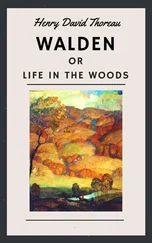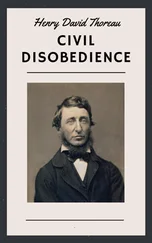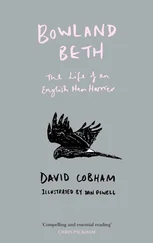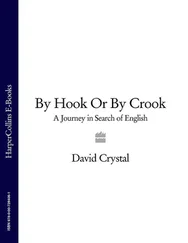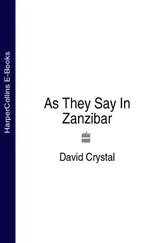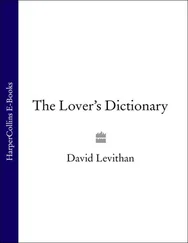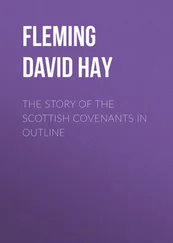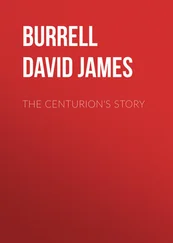Unfriend also probably appealed because it feels more English, as evidenced by a history of earlier uses dating from the 16th century ( §44). Antonio describes Sebastian as ‘unguided and unfriended’ in Twelfth Night (III.iii.10). A noun ( an unfriend ) occurs as early as the 13th century. And in the 19th century, a member of the Society of Friends (the Quakers) could describe a non-member as an unfriend . Defriend , by contrast, had no such history, so it has been slower to take root. But both unfriend and defriend are found in the social networking world now, with unfriend almost twice as popular in 2011.
Prefixes and suffixes continue to make their presence felt in word coinages of the new millennium. We find ecogloom (‘depression about environmental progress’) and bargainous (‘relatively cheap’), overthink (‘think about something too much’) and underbudget (‘underestimate costs’), catastrophise (‘present a situation as worse than it is’) and therapise (‘provide therapy’). As technology allows us to investigate smaller and smaller entities, previously obscure prefixes such as nano- have become widespread. It is, according to some commentators, a nano-age , with a nanocosm containing nanomachines using nanomaterials on a nanoscale , and investigated by nanoscientists . Virtually any word, it seems, is going to be prefixed by nano- sooner or later.
Nano- has left micro- a long way behind, though micro- did receive a boost with the advent of micromessaging . The posting of very short entries on a blog came to be called microblogging , and when Twitter arrived in 2006, with its 140-character message limitation, it was soon being described as a microblogging site . There are microbooks, micromovies, micromusicals and ( §92) microapps now. Speaking as a lexical cool-hunter (a 1990s’ marketing term: ‘a monitor of cultural trends’), I wouldn’t write it off yet.
 100. Twittersphere — future directions? (21st century)
100. Twittersphere — future directions? (21st century)
It’s remarkable how a single sound can be taken to heart and used as a source of fresh word formation. In 2010, around 600 new words were listed in Twittonary , one of the online dictionaries collecting terms invented in connection with Twitter. That’s an amazing total, given that this web site had then been in existence for only five years.
Most of the words are the result of people exploiting the playful possibilities in the name, especially those suggested by the unusual (in English) phonetic properties of the initial consonant cluster tw- . Two-thirds of the entries play with that cluster. Some replace an initial consonant, as in twictionary and tweologism . Some pretend to be a speech defect, replacing a tr- word, as in twendy and twaffic . Some add the cluster to the beginning of another word, as in twidentity theft and twaddiction . Blends are also very common, as in twitterhea, twitterati, twitterholic, celebritweet — and, summarising its entire world, twittersphere .
Most of these creations are likely to have a short linguistic life. Just a few will be long-term additions to the language — or, at least, for as long as Twitter exists. We can see this from what happened to an earlier internet phenomenon — blogging. In the early 2000s, the word blog (an abbreviation of web log , an individual’s online diary or commentary) also generated a great deal of wordplay, but some of the coinages that were popular then are hardly ever seen these days.
The same word-building processes are found in the blogosphere as we find in the twittersphere . There’s the same sort of substitution of clusters ( blargon , ‘blog jargon’) and syllables ( blogathy , ‘blog apathy’) and a similar range of blends ( blogorrhea, blogerati, blogoholic, celebriblog ). The unique phonetic properties of the core term are also exploited: internal rhyme is seen in bloggerel , lexiblography and blogstipation (the sad state of affairs when a blogger can’t think of anything to say).
Rather more technical are such blends as blog-roll and blogware , photoblog and moblog (‘posts sent by mobile phone’), or blawg (‘law blog’) and vlog (‘video blog’), and such compounds as blog client and blog archive . These are the terms which seem to have achieved a long-term place in the language — though again, this will be the case for only as long as the technology exists. Important too are well-established words which have been given a new sense in the context of blogging, such as gadget, post, preview, archive and template .
As for Twitter, if you had asked me as recently as 2005 whether I thought there was anything interesting about the consonant cluster tw , I would have said ‘nothing at all’. If you had suggested that one day it would be the basis for coining hundreds of new words, I would have said you were mad. Moral: word buffs should never try to predict the future.
1. Runic letters, © Norwich Castle Museum and Art Gallery. NWHCM: 1939.77.N59f:A 2
2. Sir Terry Pratchet at Peach Pie Street, © Tim Mossford/UNP 18
3. Kilroy was here 32
4. The Venerable Bede sits writing in his study, from The Life and Miracles of St Cuthbert 40
5. Just Visiting , corner of the Monopoly board 60
6. In the Wee Small Hours , Frank Sinatra album sleeve, 1955 71
7. Yorkshire Penny Bank Building, Bradford, West Yorkshire, England, © Mark Sunderland Photography, photographersdirect.com 84
8. A child’s hornbook, The British Library 100
9. US scholars toasting Ben Johnson on the 200th anniversary of Johnson’s Dictionary . Photo by Walter Sanders/Time Life Pictures/Getty Images 127
10. The Oxford Gazette , November 1665 135
11. Cover image from Chicken Licken , Ladybird Easy Reading series 146
12. Cover images from Harry Potter and the Philopher’s Stone , published in the UK by Bloomsbury; and Harry Potter and the Sorcerer’s Stone , published in the USA by Scholastic, written by J. K. Rowling 152
13. An early advertisement by Bell Telephones 164
14. Lukaut long bulmakau , a Tok Pisin sign from Papua New Guinea © Michael Pennay 179
15. ‘Betty Rules OK’ 1 June 1977: Residents of the Aintree Estate, Fulham, London, express their sentiments in a celebration of the Queen’s Silver Jubilee. Photo by Central Press/Getty Images 184
16. Poster showing Karel Čapek’s Robot, Library of Congress 200
17. Belinda Blurb, with thanks to Stan Carey 214
18. Let’s Stalk Strine , book jacket from 1965 218
19. ‘Gotcha’, Sun front page, 4 May 1982 228
20. Emoticons, Western and Eastern variations 243
ain’t 158
alphabet 98
Alzheimer’s 219
Americanism 151
and 8
app 237
arse 45
bagonise 233
billion 129
bloody 120
blurb 213
bodgery 112
bone-house 33
bridegroom 43
brock 35
brunch 173
chattels 52
cherry-picking 239
chillax 251
cuckoo 64
cunt 65
dame 54
debt 105
dialect 109
Читать дальше
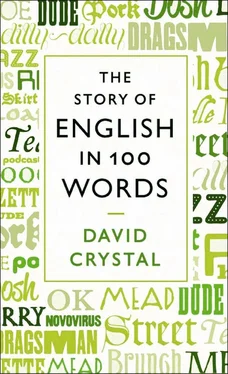
 100. Twittersphere — future directions? (21st century)
100. Twittersphere — future directions? (21st century)

